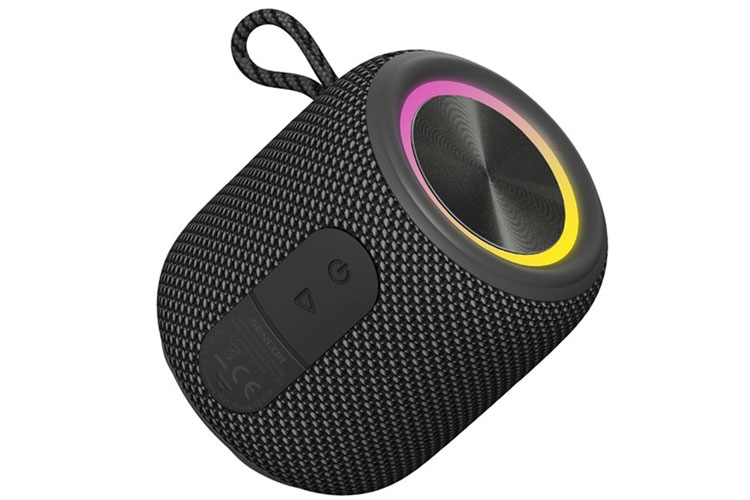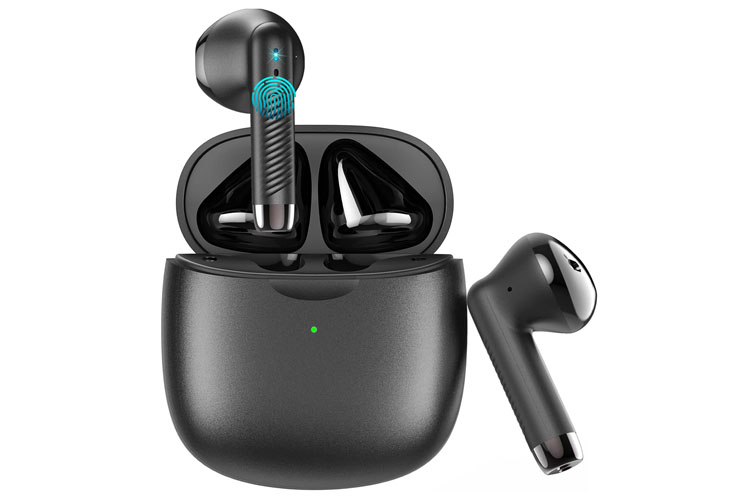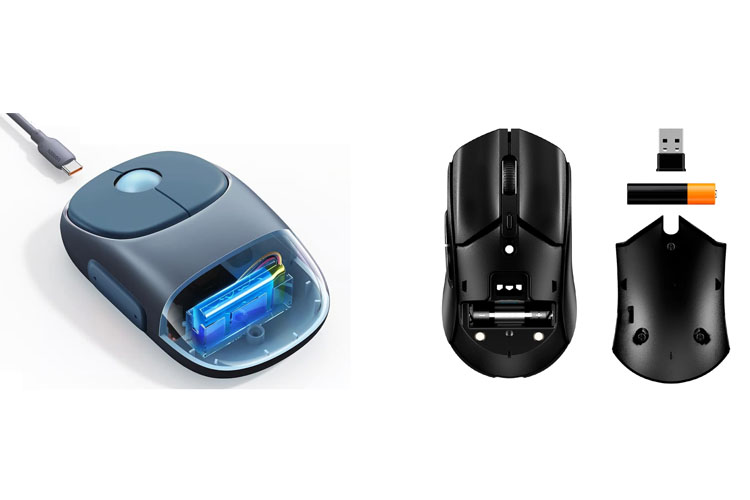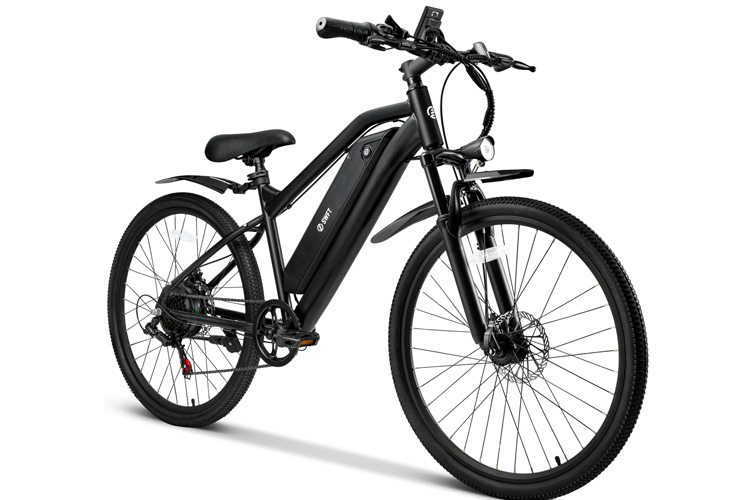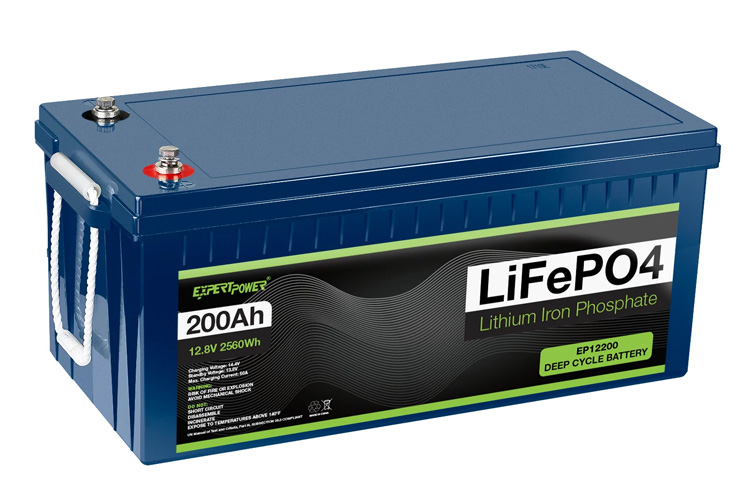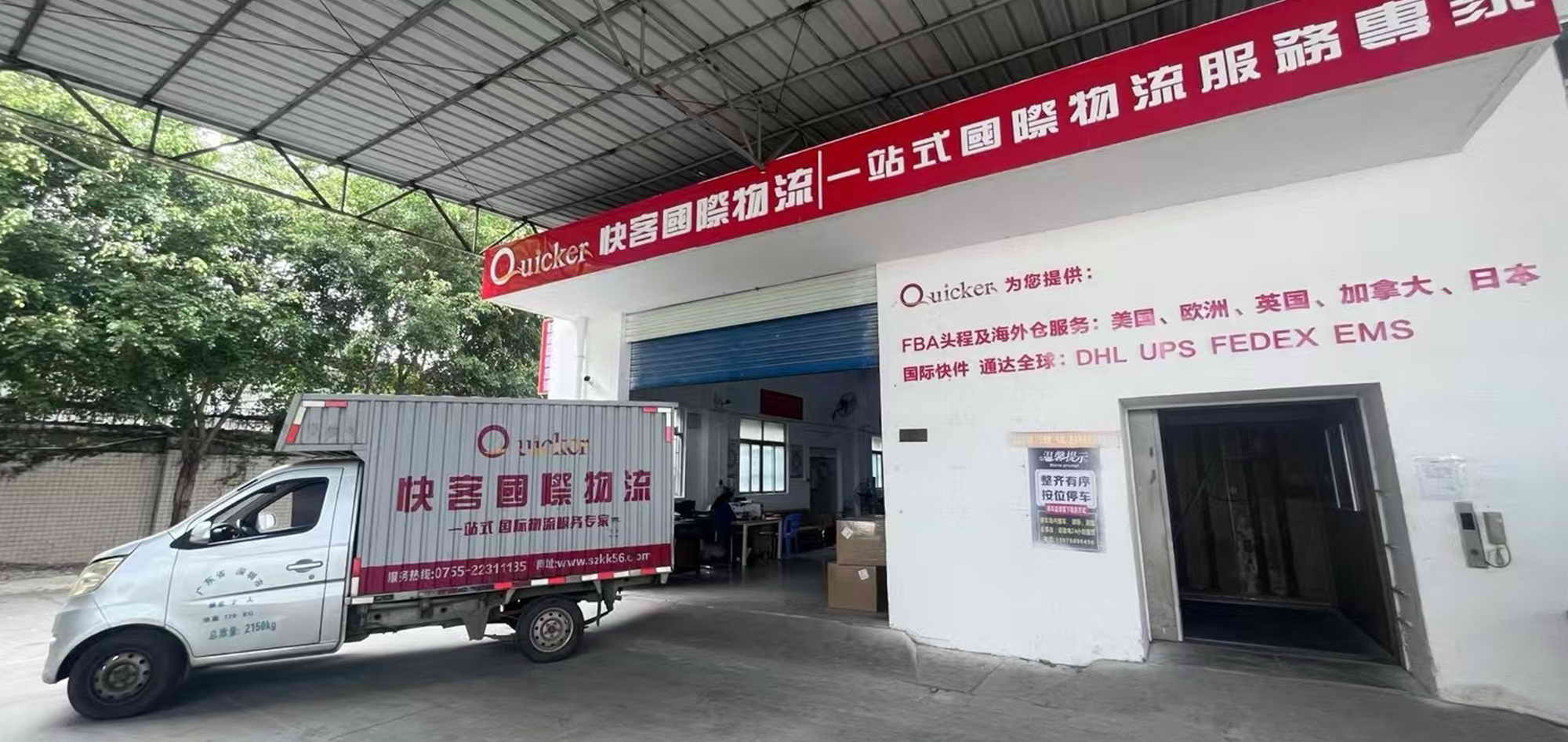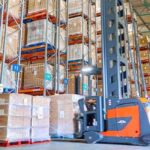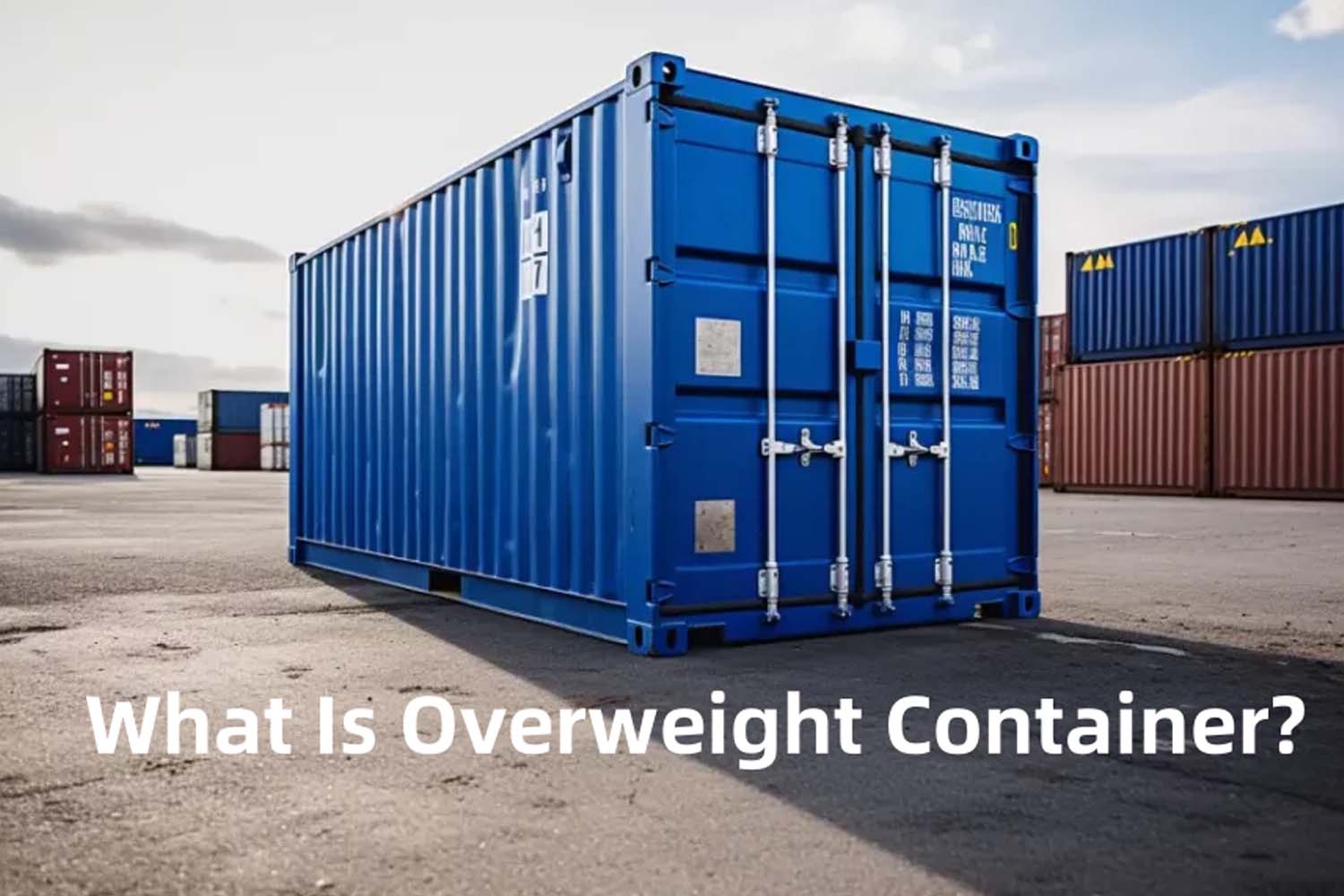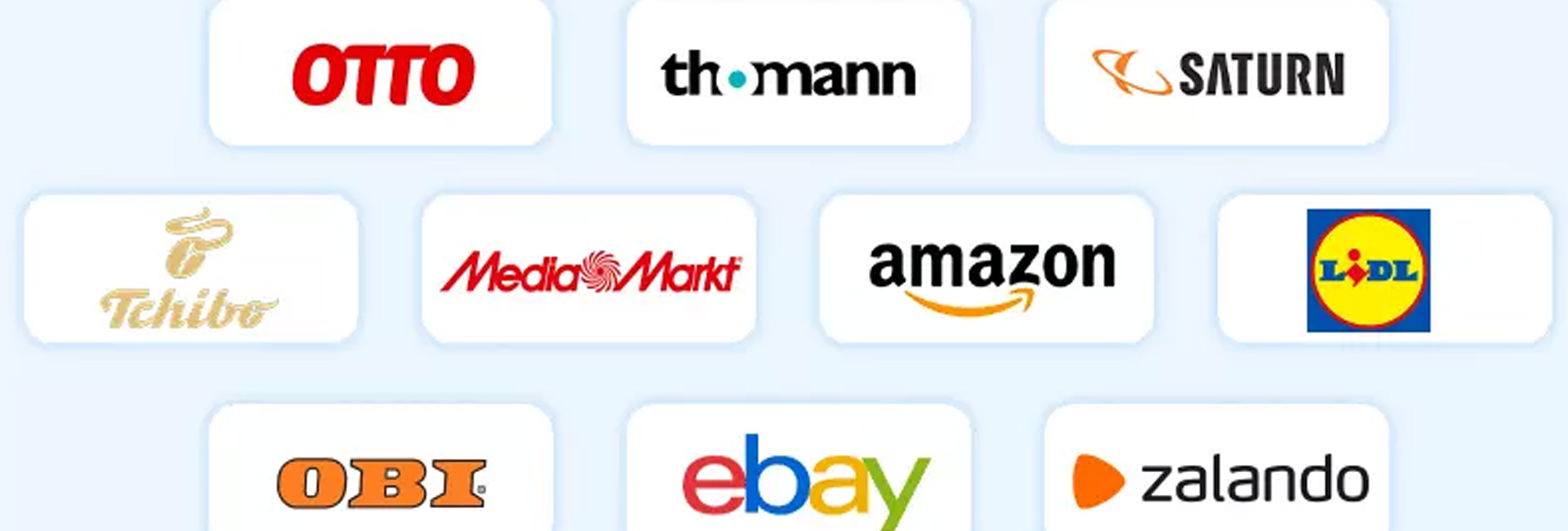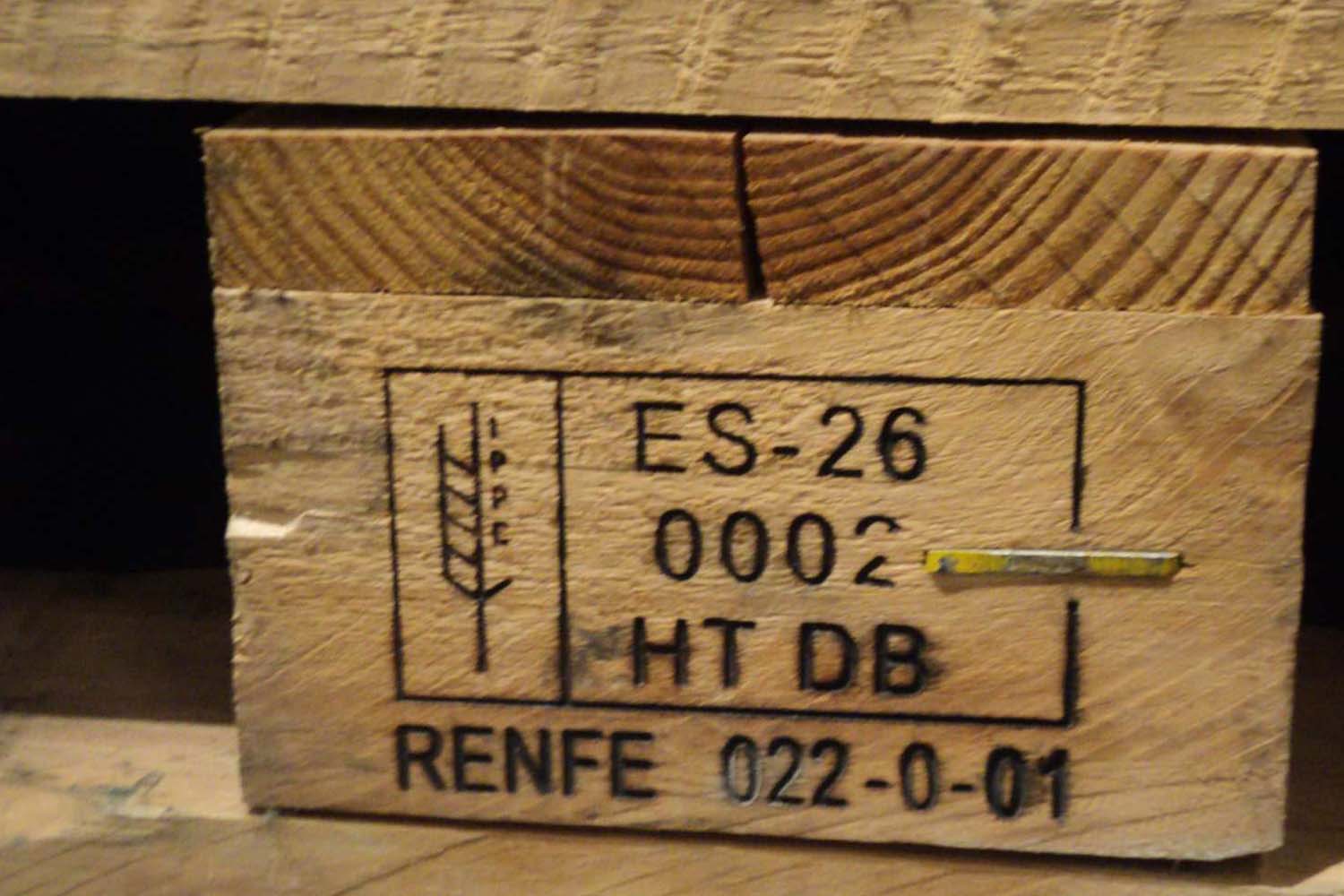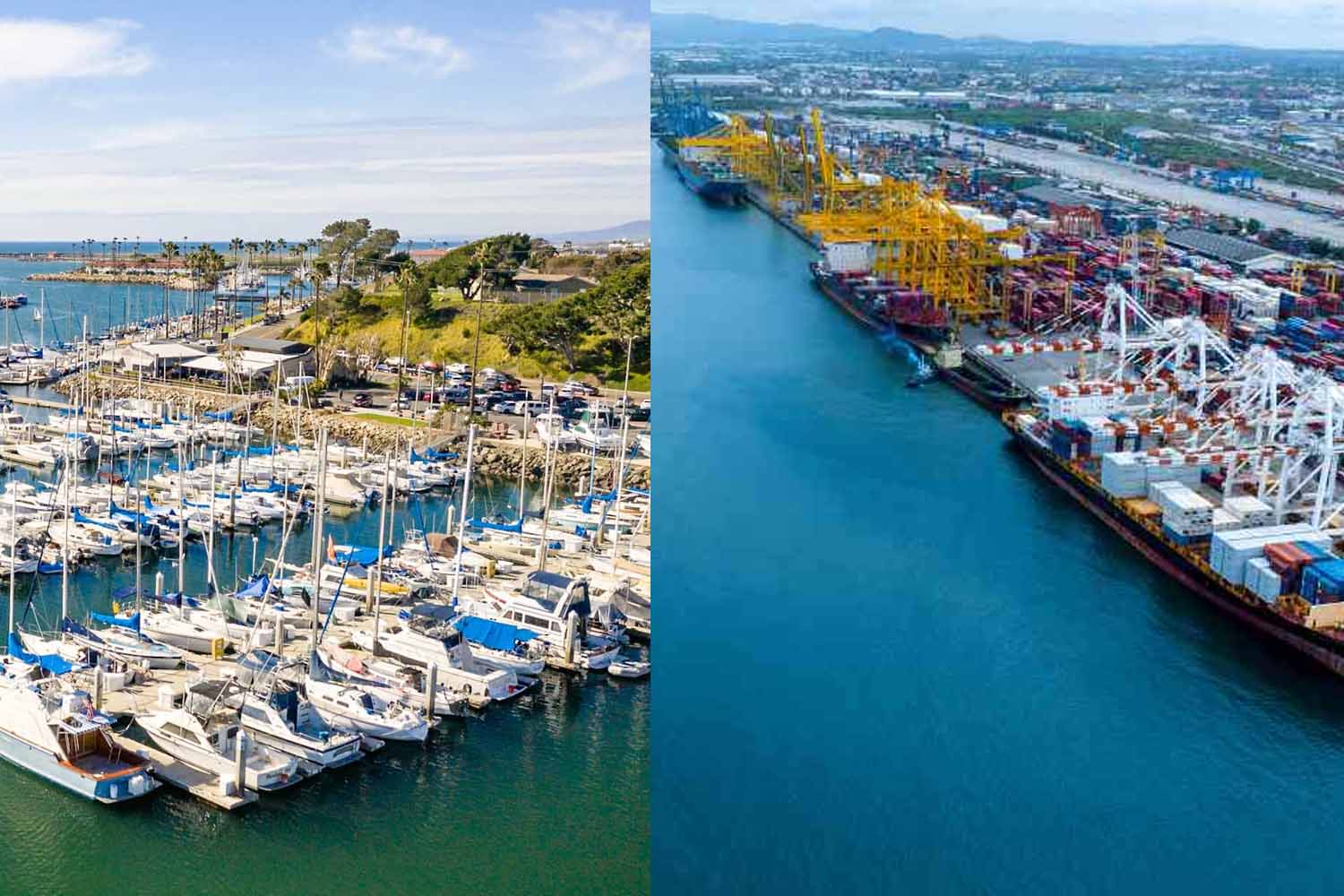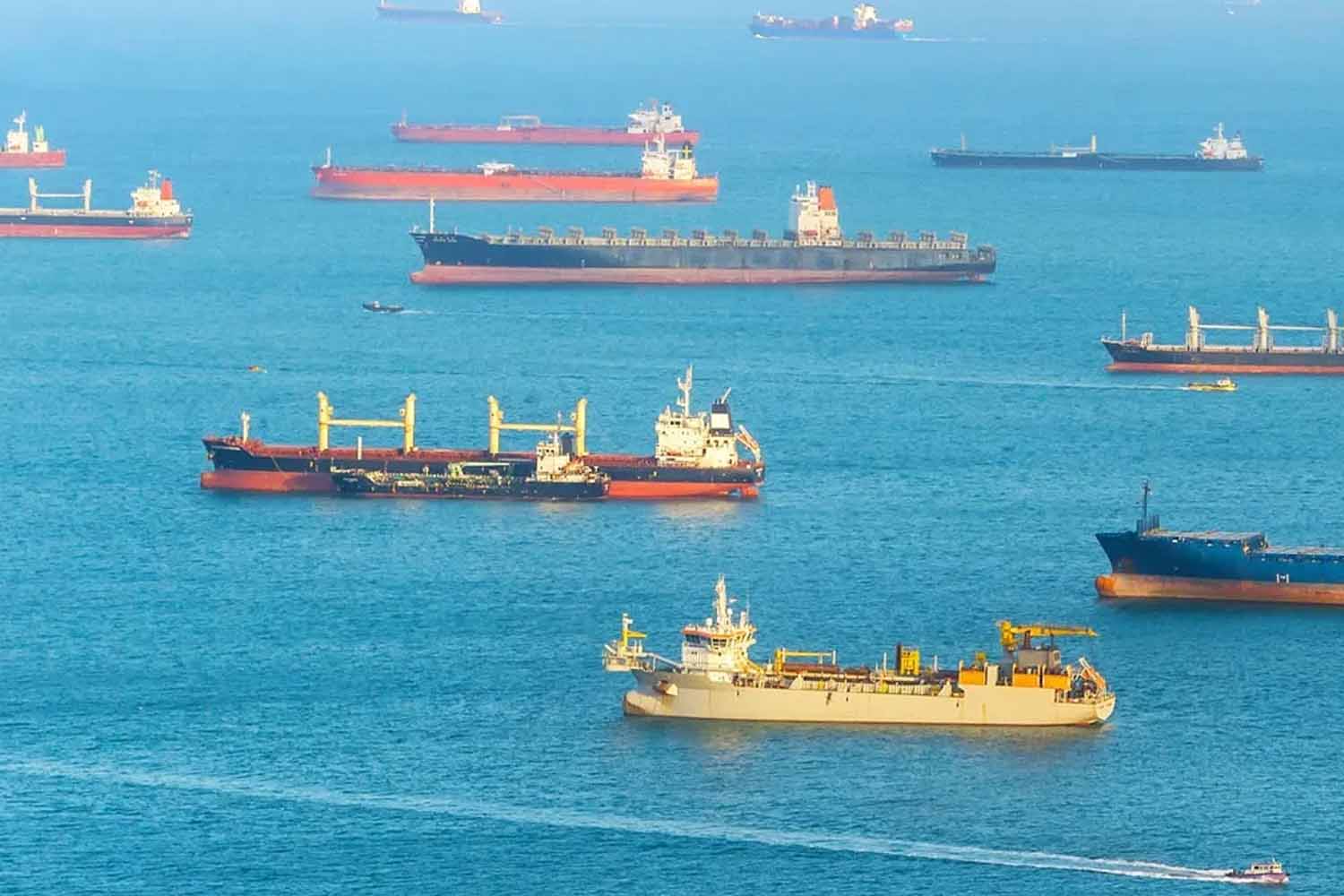MSDS report is not only for battery. Please prepare MSDS for dangerous goods shipping by air
A lot of shippers forgot to prepare MSDS for dangerous goods shipping by air untill they are fazed at the last moment before delivery. That’s not good. We must understand that a well preparation is so helpful in international shipping especially air shipping. Apparently, the time for air shipping is significantly shorter than marine shipping. Therefore, the time for air cargo booking and preparing necessary documents is generally much more tense marine.
Today we are not going to spend a long content to tell you what’s MSDS and why you need it for shipping goods from China to your country. You can easily know massive info about MSDS for Google and AI. We just simply let you know crucial information about preparing MSDS for dangerous goods shipping by air. We will use a MSDS for a rechargeable li-ion polymer battery with the power level 3.8V 3750mAh (14.3 Wh) for illustration. However, we must understand that the MSDS (Material Safety Data Sheet) is not just for battery products. It is required for all dangerous goods (DGR) products including many other hazardous materials.
A MSDS report provides critical information about the chemical composition, hazards, safe handling, storage, transportation and emergency response procedures.
Prepare MSDS for Dangerous Goods Shipping By Air – Batteries and other DGR products
The operation team of Quicker International Logistics were almost consigned to shipping lithium-battery-related products each week. These cargos are mainly from Shenzhen, Dongguan, Guangzhou and Foshan. We pick up cargos to Shenzhen and arrange air shipping or sea shipping according to the consignment. Pure li-polymer battery packs, #18650 battery cells, aluminum shell lithium batteries, mobile phones, mini fans, wireless mouse…A lot of products include batteries. As you may know, there are the top 1 consumer electronics industry integration in the Pearl River Delta district. Acoording to Quicker’s shipping statistics, almost 75% consumer electronics shippment contain battery – Built-in or seperate from the main product in the box. Just remember to prepare MSDS for dangerous goods shipping by air or by sea.
Lithium-ion batteries, are classified as dangerous goods due to:
Fire and explosion risks
Chemical hazards from electrolyte leakage
Reactivity concerns (e.g., short circuits or thermal runaway)
For battery products, the MSDS is essential for:
Determining whether the battery is classified as dangerous goods under transport regulations.
Identifying proper packaging, labeling and handling requirements for air (IATA DGR) or sea (IMDG Code) shipping.
Providing emergency response guidance in case of leakage, fire or other incidents.
For other DGR goods, MSDS are needed for similar purposes:
For Flammable Liquids, MSDS provides flashpoint, flammability limits and storage instructions.
For corrosives, MSDS details the pH, reactivity and protective measures for handling.
For toxic substances, MSDS lists toxicity levels and first aid measures.
For compressed gases, MSDS specifies pressure hazards and storage conditions.
For explosives, MSDS identifies risks and proper transport precautions.
MSDS for dangerous goods shipping by air has no actual difference from the one for shipping by sea. However, ther are indeed different regulations
The MSDS itself is not different for air shipping and sea shipping because the MSDS is a standardized document. It is designed to comply with global standards, such as the Globally Harmonized System of Classification and Labelling of Chemicals (GHS). However, the regulations and requirements for shipping hazardous materials, including how the information in the MSDS is applied, differ between air and sea shipping. Here’s how they differ:
Air Shipping (IATA Regulations)
Air shipping is generally more restrictive. Obviously, there are much higher risks associated with transporting hazardous materials.
IATA Dangerous Goods Regulations (DGR). The International Air Transport Association (IATA) governs air shipping of dangerous goods. MSDS for dangerous goods shipping by air is used to determine compliance with its rules.
We need to make more robust packaging for shipping our cargos by air. Avoid any potential leaks or damage caused by pressure changes in the atmosphere.
A cargo airplane can’t afford the huge risk of loading too much hazardous materials in a single shipment. Sometimes shippers just can’t understand why there cargos with batteries were split into different batches of air delivery in the same consignment. That’s why.
It’s not an exaggeration that those handling staff in airlines and ground check MSDS report one line by one line. They rely heavily on MSDS details for emergency response planning, such as dealing with fires, leaks or spills.
Sea Shipping (IMDG Code)
Sea shipping follows the International Maritime Dangerous Goods (IMDG) Code.
Sea shipping allows for larger quantities of hazardous materials. Apparently, a cargo ship can safely accommodate larger volumes of goods.
There are less restrictions of packaging in sea shipping from China.
In sea shipping, the MSDS is used to determine proper stowage and segregation of dangerous goods on ships to prevent chemical reactions or accidents.
MSDS information is critical for ship crews to handle incidents like chemical spills or fires while at sea.
Quicker has met a lot of shipping cases of air shipping consumer electronics including batteries. Almost no shipping consignment for shipping large number of pure lithium batteries. Too dangerous and too much restrictions from airlines. However, there are so many air shipping of finished products with batteries. There are indeed a lot of fresh shippers who forgot to prepare MSDS for dangerous goods shipping by air before air cargo loading or cargo booking. Here we hope to provide a warm remind of this for a smooth shipment.
Quicker International Logistics (Shenzhen) Co., Ltd is a one-stop shipping company from Shenzhen China. We provide DDP sea shipping from China, DDP air shipping from China, 3PL warehousing and add-on service for global shippers who have high requirements of speedy shipping from China to destination country destination address.


